For some artists, their work can ultimately become a means to highlight political, environmental, or social causes. For other artists, art and design are a means for their activism rather than something that can exist outside of it. That’s absolutely the case for the artist, designer, and conservation activist Asher Jay. Through many mediums of art including design, sculpture, animations, installations, and more, Jay has spent many years creating projects that have raised both awareness and funds for conservation efforts.
From her Message In a Bottle project which teaches kids to turn plastic bottles into art to her series of Ocean Life designs, ocean conservation is often the subject of Jay’s work. To celebrate World Oceans Day, we spoke with Jay to learn more about her ocean conservation projects and why environmental conservation continues to be such a source of inspiration for her work.
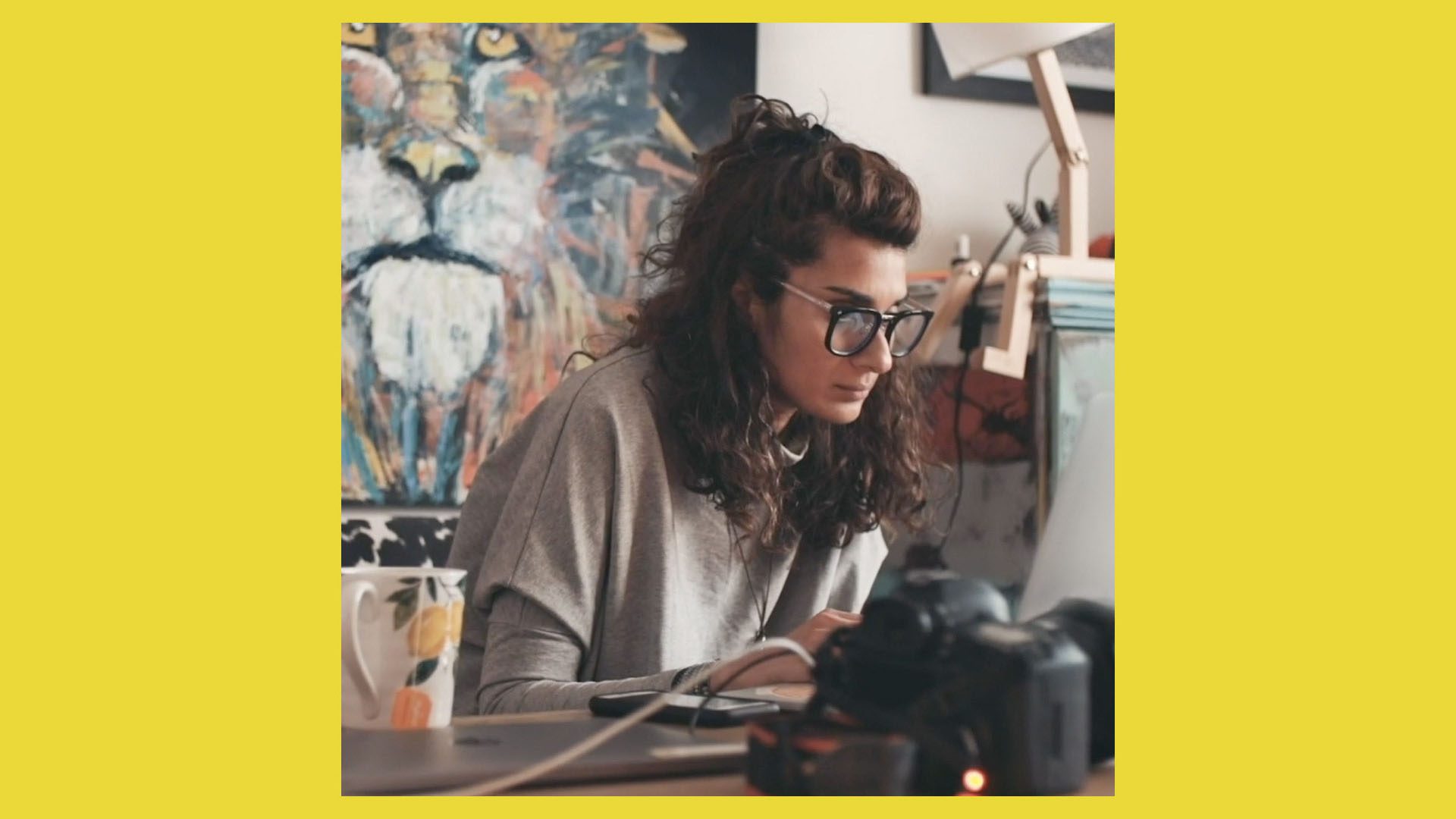
Tomorrow’s World Today (TWT): How did you get started as an artist?
Asher Jay (AJ): My creativity comes from the urge to problem-solve. I love applying myself, ideating, resolving paradigms riddled by conflict, and figuring out the frameworks best suited to deploy a solution set scalably and sustainably. This is because I have the discipline of a design background, which has played a critical role in anything sensorially or emotionally evocative that I have produced. You get started the moment you empower yourself to claim ownership of a problem set. The moment you own a problem, a ‘pain point’, it is impossible to shirk the consequent responsibility of working out its corresponding solution and ‘gain point’. It’s all about discerning how pains can be transmuted into gains. Think that applies to both the products I have created and the cycles of iteration within myself. I have always been entrepreneurial, hustling for the answers that will benefit collective wellbeing- human and wild. This is why the final frontier of exploration for me is now enunciated as a tech entrepreneur, poised to launch a Web3 application (www.incoperate.com) to scale the impact I, as well as countless others built on the same blueprint to make a positive difference, can have.
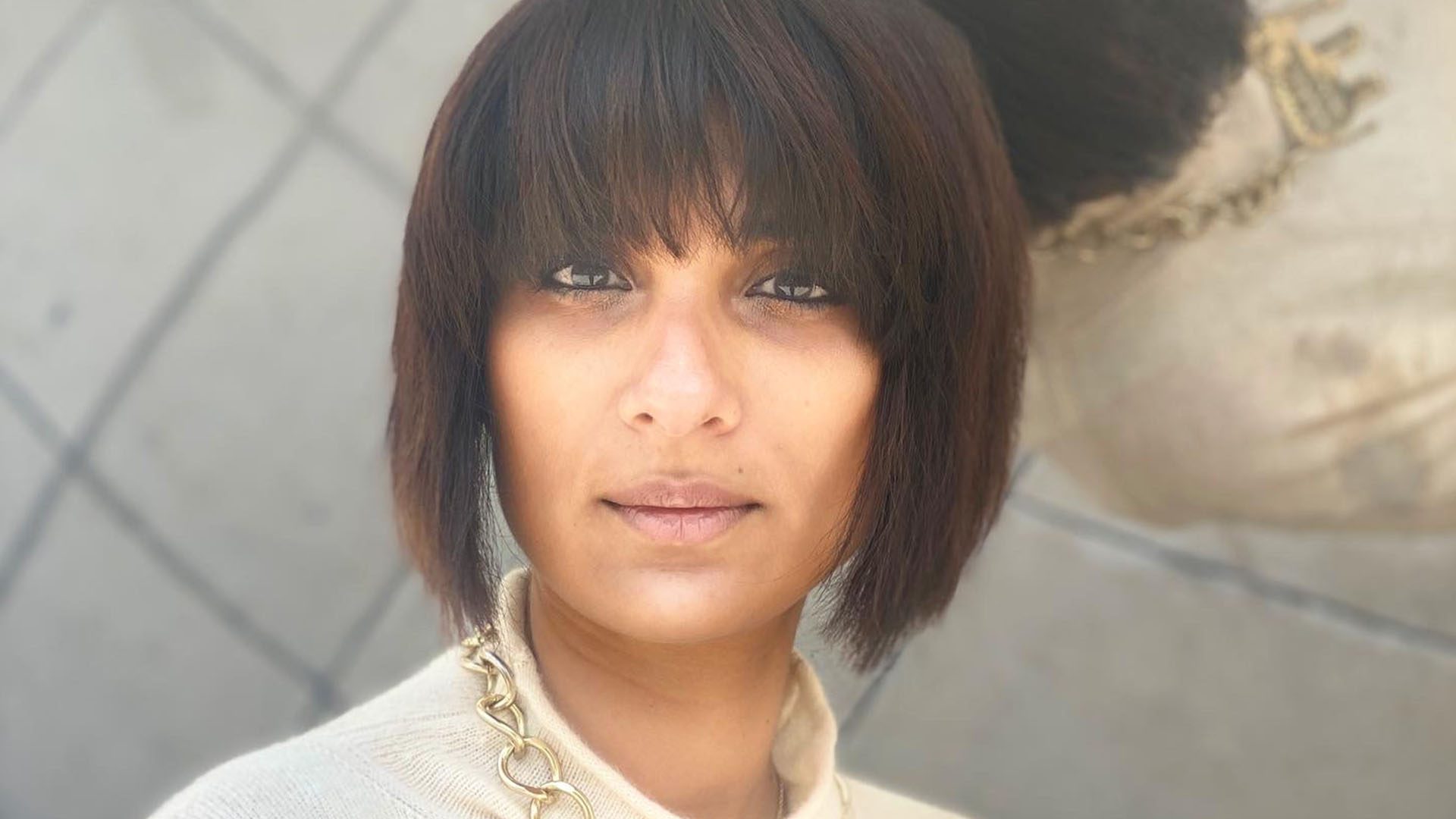
TWT: How would you describe yourself as an artist? How would you describe your work?
AJ: I do not describe myself as an artist, but rather as a designer. An artist creates art, and while I am a huge fan of art, it can be subjective, created for its own sake. Art is amorphous and open to the interpretation of its beholders. Art is not application-driven. Design is. My educational background is in design, and I think like a designer, by which I mean creative expression is a means to an end, a way of: 1. championing clarity of direction or purpose; 2. galvanizing predetermined outcomes of action; and 3. intentionally choosing materials to objectively or conceptually evoke the content it represents. This is why I am not predisposed to a medium, style, or sense of continuity in my aesthetics. I curate the compositions that will elicit the most beneficial responses from a strategically selected demographic of receivers who can only decode the intended message upon viewing it. Even the process differs, from ideation to execution, art can be organic in how it evolves its self-expression, design is sequential, it follows rules and patterns, it isn’t chaos, rather it is finding the underlying patterns of organization within entropic systems. Elegantly resolved, designed solutions transcend cultural boundaries and language barriers; they also bring together disparate ideas that people fail to correlate otherwise. Thus proving to be an incisive tool that enables mass engagement. Design reconciles form with function through product realization, which is why that end product could be a canvas at the outset of my career, a large-scale mixed-media sculpture that is soundscaped, a SaaS application, or now a Web3 company. The underlying “why,” the core values, the mindful development flow, and the end result obtained, all remain the same.
TWT: Your work is heavily inspired by nature and environmental conservation. What originally inspired this theme in your work?
AJ: I have been passionate about wildlife, nature, and the well-being of people from all walks of life since I was a toddler. Compassion and sensitivity have to be nurtured in some of us, but for many of us, they are our intrinsic nature.
My real passion is social and ecological justice (and you cannot have one without the other). It has absolutely no consequence for me whether I get to do a specific art form or design practice to enable my end goal, what matters is the end goal, i.e. the why, which is to protect wildlife, wilderness, and human integrity and diversity for future generations and to ensure a wild, equitable, interdependent future for us all. I am looking for the best way to get each story out to the largest audience possible, and to help shape our approach to be inclusive of all the stakeholders in the mix from a bottom-up perspective.
Usually what helps is to see the language in which the organization, brand, or government agency I want to work with is already communicating in. I am always looking at how I can impart something as a grassroots, native narrative. And then I look at who or what I want to advocate for. I don’t really choose problems, problems choose me. Caring about extinction, caring about pollution, caring about human trafficking, caring about women’s empowerment, is not a choice, more often than not it’s a calling. For any compassionate, connected, conscientious person, it is impossible not to feel compelled to contribute and be a conduit of change. I prefer building outcomes centered around community-led efforts, where individuals see the benefit of their reliance on wild ecosystems for economic revenue, where doing the most inclusive thing is also the most lucrative. If people don’t protect the source, the revenue can not be sustained, and that’s a self-eroding model that fails to emulate nature’s cyclical, self-sustaining paradigms. Those are not the kind of models I want to encourage in the world, rather I wish to be a proponent of an abundance construct that perpetually accounts and generates for all. I strive daily to uncover what is already working in certain parts of the world and why those strategies have not yet been adopted in other places with shared touchpoints of an issue. I ponder, “What is replicable, what is failing, what is working locally and is not viable at scale?” Then I network with experts in each domain, to secure informed answers. After all, unless I know what is really happening, it’s very hard to generate something fruitful and well-considered that will make sense to the demographics the effort is trying to empower, educate and engage.
What we often do in conservation efforts or social reform movements is to preach to the choir, to those already in the know, who already get it and feel called to be involved in the change. At times it is necessary to do this, but I have found it more effective for such critically impactful messages to reach and metamorphize mainstream consciousness implicitly and subliminally. Being kind, inclusive, equitable stewards who prioritize the “we” above the “me” should not only be the social norm but become social currency. With each story that I am breaking, I’m trying to affect a new audience. Each art form can reach a different demographic, so whether it is Stand Up comedy, developing a Web3 app focused on reframing CSR (Corporate Social Responsibility) and ESG (Environmental and Social Governance) running a business, or authoring a book, I do what I am able to, creatively, to enable the preservation of our humanity, of global diversity (human and wild) and the space for all life to thrive. At the end of the day, everything is a moment of creative expression, isn’t it? Isn’t that just life?
TWT: How has your work changed over time/how have you grown as an artist?
AJ: I didn’t study art, which means that I am not engaging with the medium in a philosophical or existential manner. I don’t think about art for its own sake. I approach creativity more with a design mentality, which is about problem resolution. You are looking at form, function, and how those two come together to effectively address an issue. It’s really about plugging in the story that you took the time to understand intimately, either because it affected you, or a community you care about immensely, as a solution. The solution then becomes an indispensable utilitarian product or conduit for a needed service that consumers cannot live without.
I think, the more I do what I do, the more expansive and inclusive I become as a person. It has gently persuaded me out of the strong identity constructs that keep me from feeling a sense of kinship and unity with all else. In the pursuit of oneness, of singularity and unity, I have had to shed a lot of my own self, and in decluttering my own self, I have found more room within for everything that is looking to be received. I am growing into this voluminous, all-encompassing, deeply empathic being, who feels effortlessly connected to all life on earth. My daily practice is to surrender aspects of self to create more space and ease within. I wake up and I feel joy, love, and interrelatedness on an intoxicating level, within every cell. It is an incredibly fulfilling, exhilarating, profusion of love and gratitude for life and the being that emanates from me for everything! It comes from just wanting to give a hug to the whole planet and every living being it sustains when I wake up! You realize everything’s a part of you, there are no degrees of separation; instead, everything becomes an extension and expression of you, as you recognize it intrinsically from within not from having learned about it. This is a pretty miraculous feeling to wake up with because you feel like the whole world is supporting you buoyantly, and standing by you with every step you take. This intangible knowing sensation puts a dance in my step, a song in my heart, and one heck of a smile on my face.
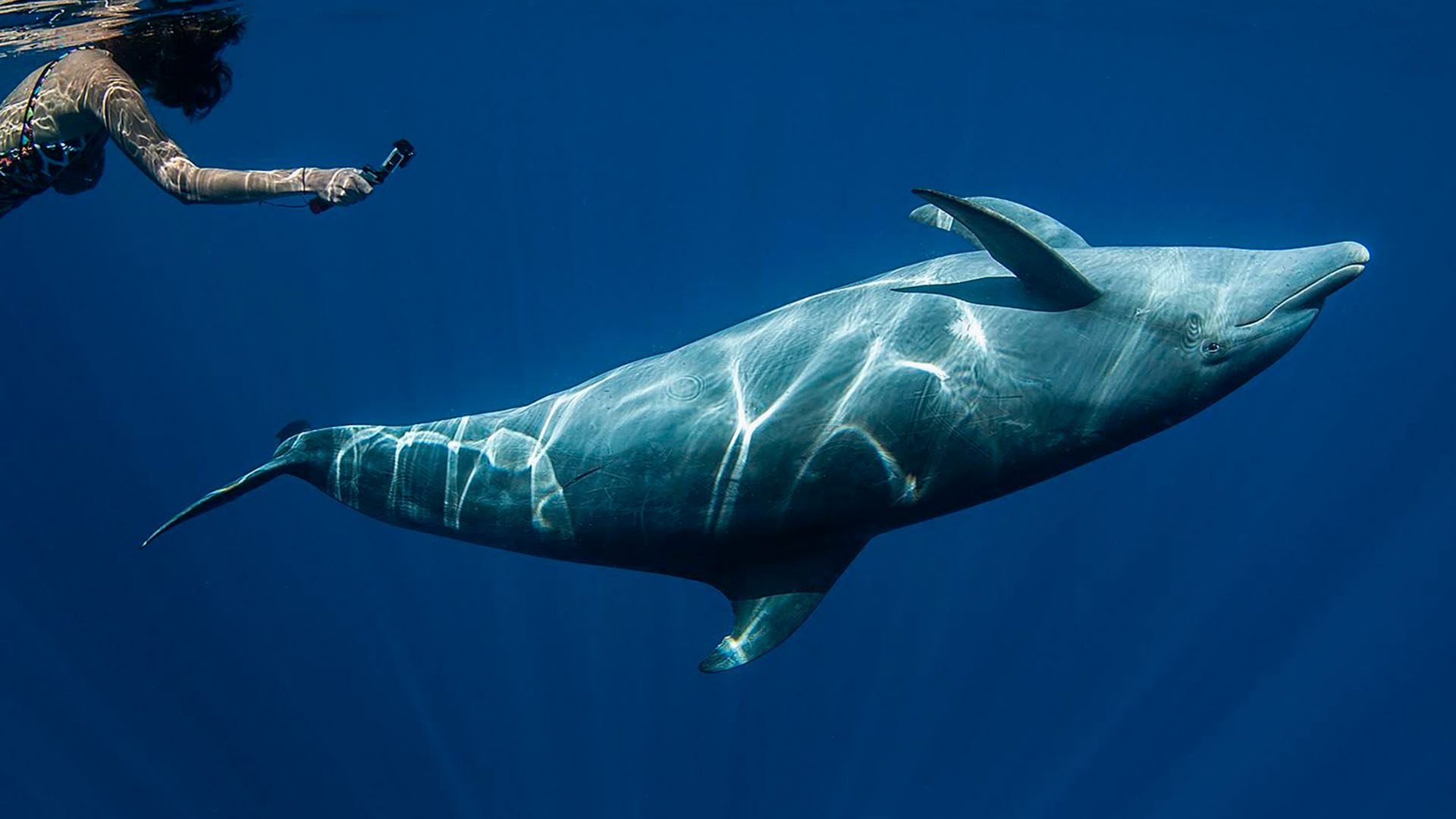
TWT: You have a series of artwork featuring ocean life and ocean conservation issues. What inspired you to use ocean life and ocean conservation as the subject of your work?
AJ: I dive. It’s one of my favorite states of being, suspended in water, supported by the entire ocean, which is so vast compared to my diminutive form, feeling both fragile and an intuitive sense of belonging to the whole. Relating to other living beings in an environment where you have to be immensely present and conscious of each breath, is the best form of meditation. I cannot recommend diving enough, it’s the purest and truest state of being, and the life forms of alien countenance I have connected to while diving will forever be a part of my essence. They are internalized through breath, an inhale of a moment of existence. Did you know you owe one out of five breaths to the ocean? Did you know phytoplankton blooms generate the oxygen we need so desperately daily? Did you know whales poop in nutrient-rich upwellings in the ocean, where the minerals from the bottom of the sea rise to the surface creating the perfect environment to fertilize plankton blooms? Did you know the average whale is doing more for ocean conservation by taking a poop than you are doing with all your lip service and research? This is because they are implicitly in the know, and operate from being whole within the whole they belong to, thus they do exactly what is needed to perpetuate self-sufficiency, cyclical outcomes that benefit both wholes synergistically. We do not even have an informed awareness of this after all the data we have collected, because such models of mutualism cannot be taught, they need to be felt, they cannot be academically compiled and intellectually learned, they need to be sensed intuitively through connection and presence. Works I have created from feeling whole, evoke this connection to the whole, that the parts are diffusive and subjective, and all that ever is and will be is the expression of wholeness. Either we get this and feel a part of all life or we fail to grasp it and feel we are apart from all life.
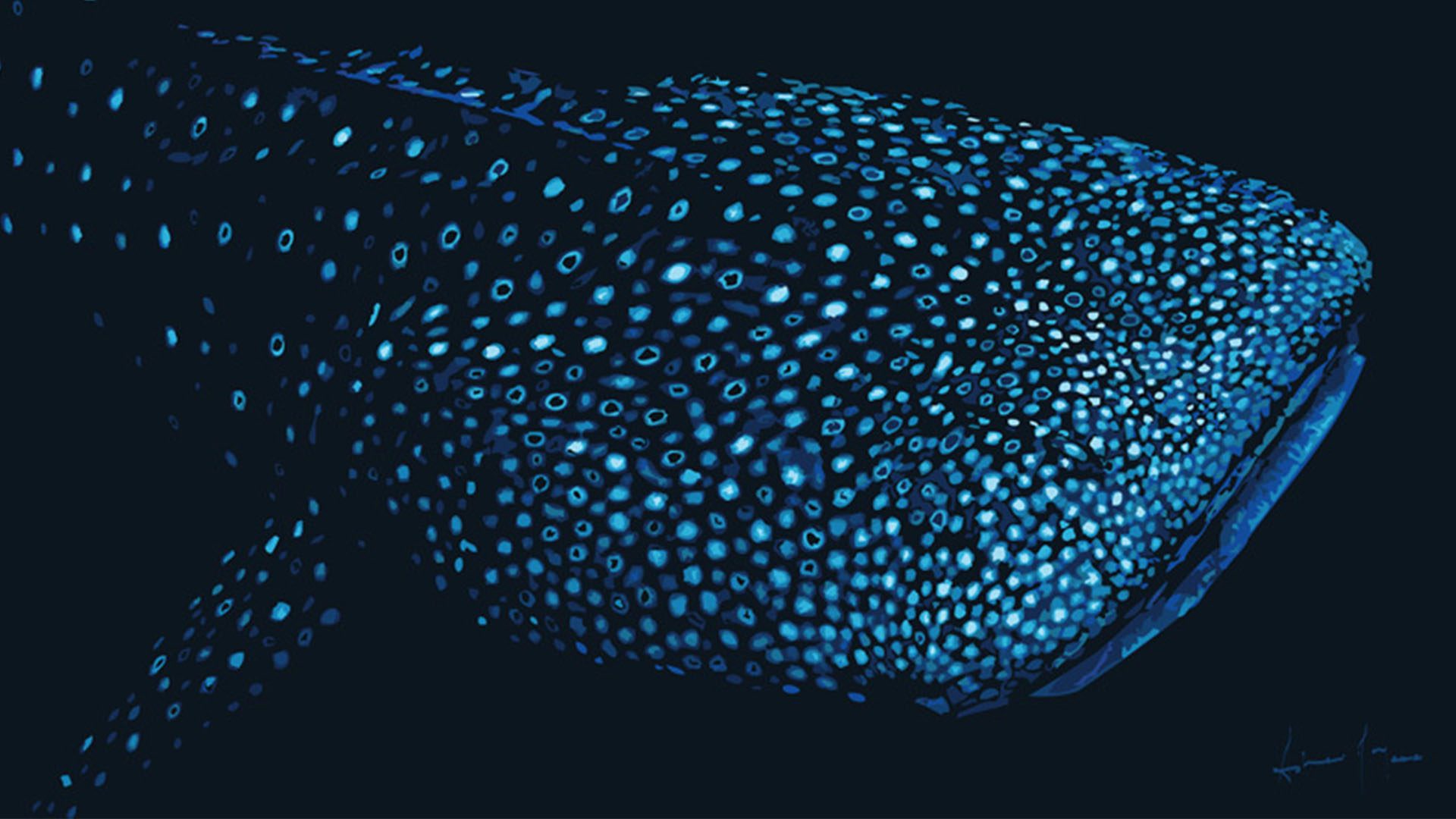
TWT: Do you have a favorite piece from this series? If so, which one and why?
AJ: I love my “Fallen Night Sky” painting made out of a composite of marine debris, from plastic toothbrushes that washed up along the shoreline to bottom caps and shards. It intentionally contains so many messages within its curated conceptual composition: 1. small things can have big consequences; 2. what feels disconnected and isolated is invariably part of a whole, all one needs to do is zoom out; 3. every cause has a corresponding consequence; 4. what a consumer does in one place affects a creature elsewhere; 5. Whale sharks are filter feeders who are sieving and ingesting plastic in lieu of plankton every time they open their mouths in the ocean; 6. our dollar spending and choices are to blame for such compromised living systems.
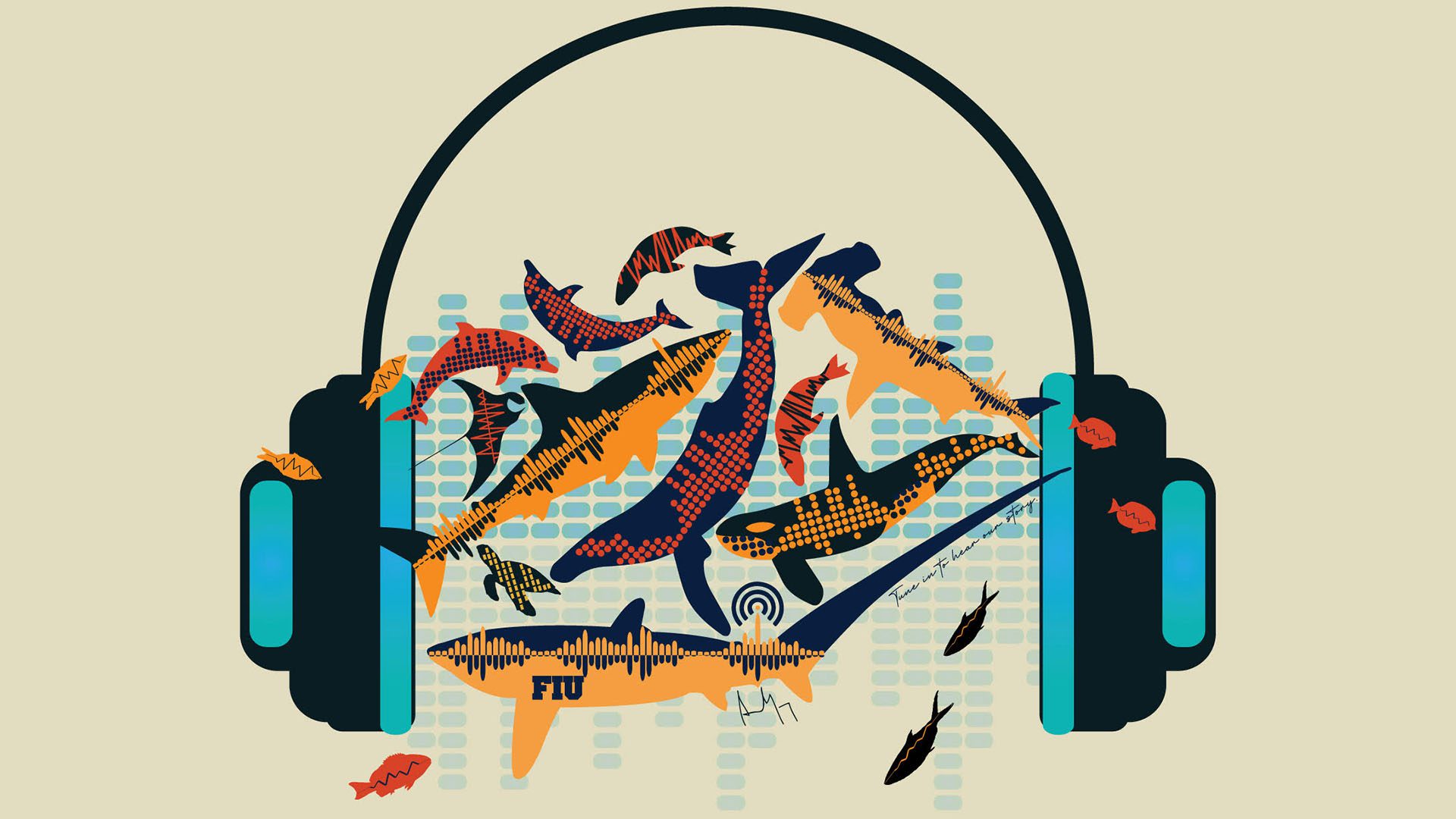
TWT: What does ocean conservation mean to you? How do you hope to make a difference with your work?
AJ: Ocean Conservation implies standing up for and striving to protect one out of five breaths that keep me alive. It is in my best interest of self-preservation to evidence responsibility toward protecting the source of a good proportion (70%) of my oxygen uptake. The entire planet is cooled, conditioned and climate-controlled by the ocean, as it absorbs 93% of the heat trapped in the atmosphere by greenhouse-gas emissions. Biologically my constitution, (sweat, tears, and blood) reflect my evolutionary roots from the sea. Four in every ten humans turn to the sea for their dietary needs. The lapping waves offer recreational solace, and what lies upon and beneath the waves results in a tourism industry that in the U.S. alone exceeds $143 Billion dollars in GDP (according to NOAA.) Did you know that Covid-19 testing utilizes an enzyme derived from bacteria that thrive at great depths on black smoker chimneys? How could we not preserve a resource that offers so many benefits with us offering nothing back, imagine if we did all we could to protect it? What level of abundance would it offer us if we were more reverent and actually minded its wellbeing?
TWT: What are your goals for the future?
AJ: I am presently building a Web3 platform called IncOperate built on Polygon PoS, and its MVP (Minimum Viable Product) will be available by the end of Summer in its entire functionality. The platform brings about CSR (Corporate Social Responsibility) and ESG (Environmental Social Governance) transparency around exactly how much gets directed toward impacts worldwide across 34 impact focuses that have been optimized for performance.
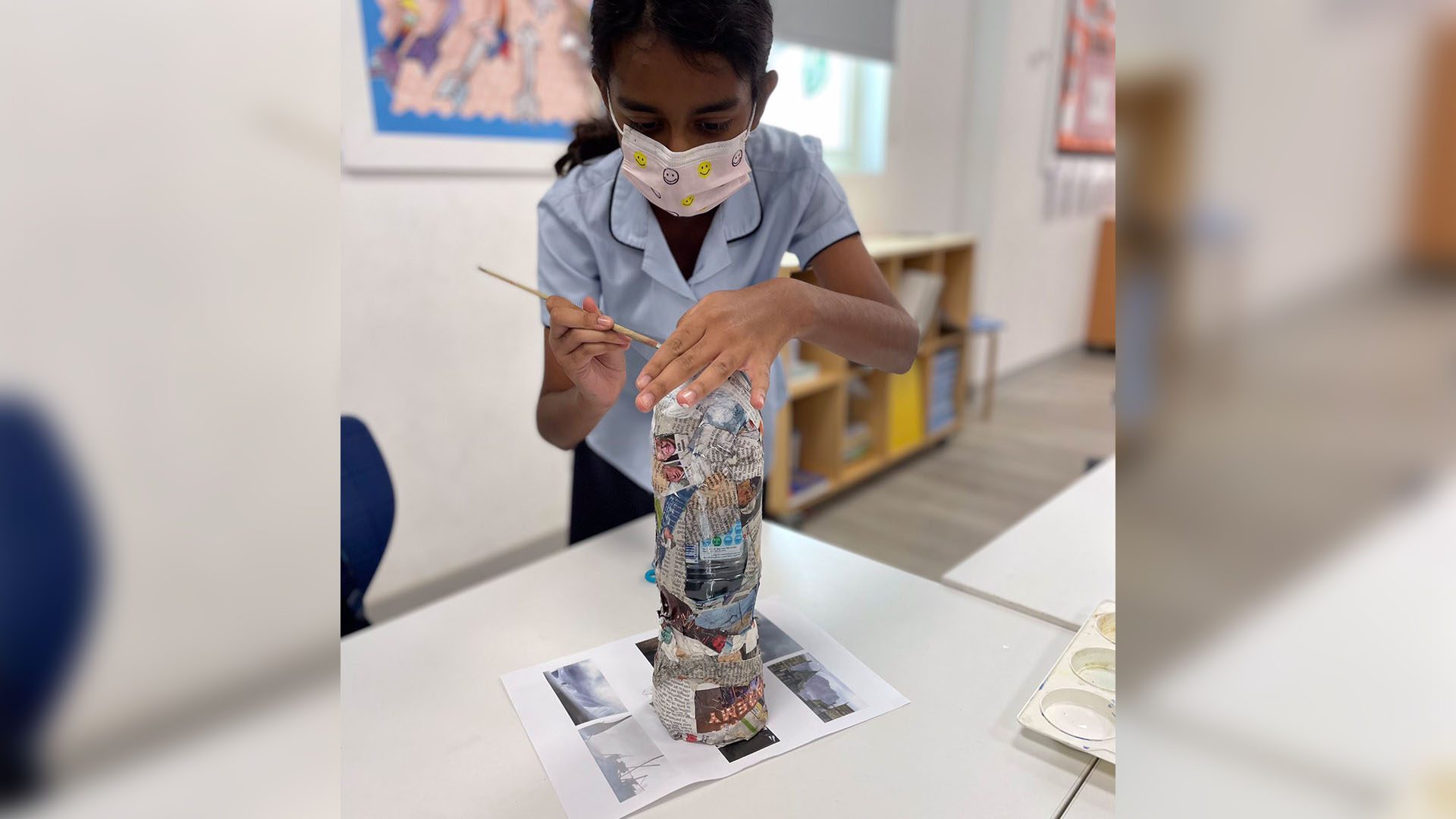
TWT: What piece of advice would you give to aspiring artists who share your passion for environmental conservation?
AJ: Don’t be held back by what has been done or daunted by what remains to be done. Don’t feel haunted by that which has been lost, because that which remains is still worth rallying for. Show up for yourself first and that will help you show up proactively for countless others from abundance and awareness instead of reactively for a few from deficit and unhealed wounds. There is no other you, and you are a unique amalgam of life experiences, insights, emotions, healing, intellectual prowess, and awareness. No one else can be the exact combination and permutation of aspects that compose your canvas of expression. Do not waste another moment dialing yourself back or dimming your shine. It also helps to always thrive outside the expectation curve of others, if you keep mixing things up, and taking a chance on an unconventional life, people either give up on you and leave you alone or align with you and support your unique path. You are unique. So don’t be afraid to be who you are, all of who you are. Fight for you, reclaim you, don’t play a part in a whole, be your whole self instead. When you are whole, your efforts will automatically account for the whole, so whether it’s environmental conservation or social justice, or launching a tech company, it too will be whole in its expression and not fragmented. I once read and fell in love with the Purna Upanishad from a yoga session in New York, which has since stayed with me and become a daily practice.
The Upanishad says, “Purnam adah: that origin of all things is Whole; purnam idam: this entire creation that has come from that origin of all things is also Whole; purnat purnam udachyate: from that Whole this whole has come; purnasya purnam adaya: having taken away this Whole from that Whole; purnam evavasisyate: the Whole still remains unaffected.” I honestly think everyone should meditate and stay with their breath until this becomes self-evident. Nothing you do from this inclusive awareness could destroy the world ignorantly.
For more information about Asher Jay and her projects, visit www.asherjay.com.
Discover the World of Creation, and uncover the history of calligraphy, anamorphosis art, and milling machines.







